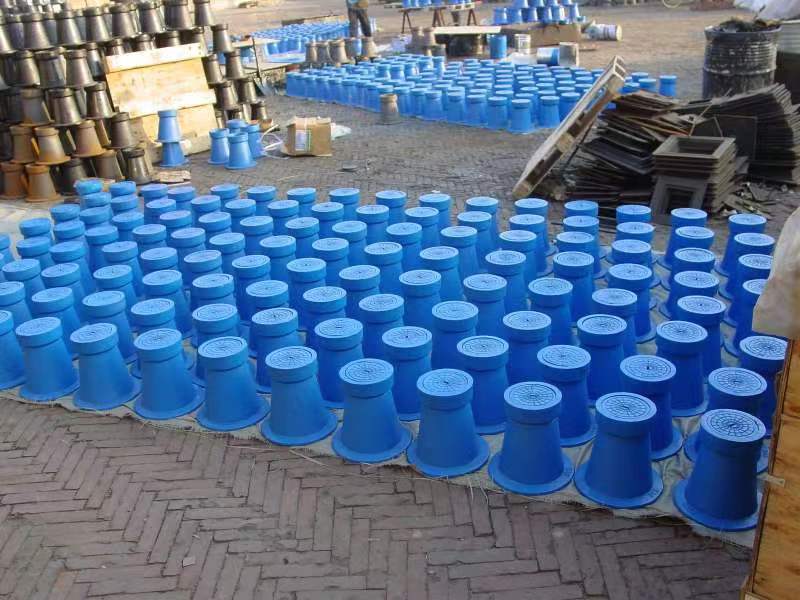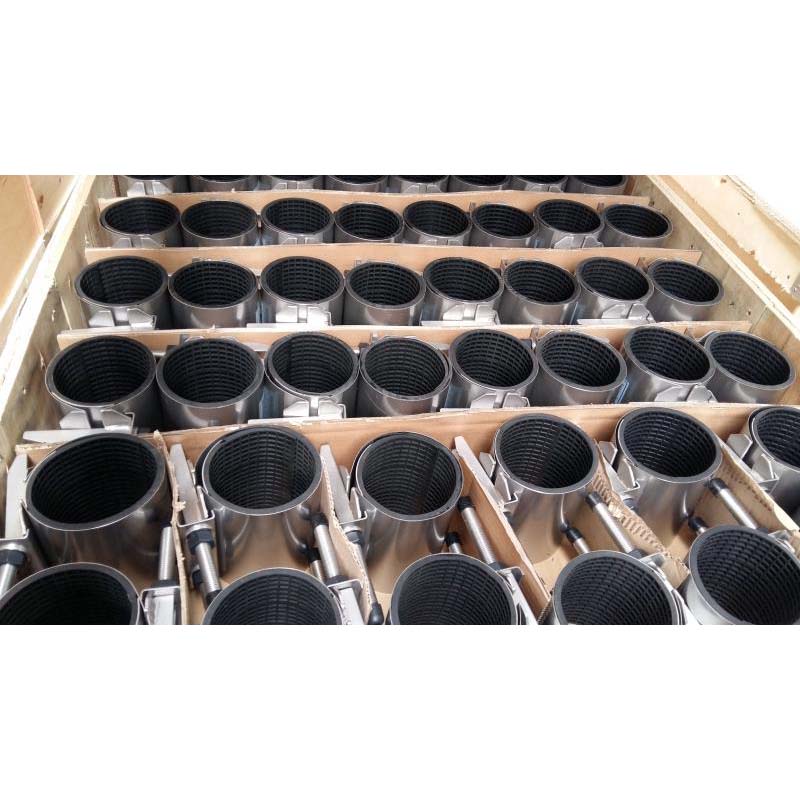Fire Protection Butterfly Valves Automatic Air Release & Bollards
- Introduction to fire protection flow control systems
- Data analysis: Failure impact in sprinkler systems
- Technical design innovations in critical applications
- Valve manufacturer comparison specifications
- Bespoke engineering solutions for facilities
- Implementation case studies
- Future developments in safety valve technology

(fire protection butterfly valves)
Fundamental Operations of Fire Protection Butterfly Valves
Fire protection butterfly valves serve as critical control points in life safety systems. These quarter-turn rotational valves manage water flow through sprinkler standpipes with efficiency and reliability. Engineered specifically for fire suppression applications, they feature UL/FM-approved components that maintain operational integrity under extreme conditions. Unlike standard valves, fire-rated models incorporate fusible links or thermal sensors that automatically trigger during heat emergencies.
Modern designs utilize resilient-seated constructions with EPDM or Teflon seals creating bubble-tight shutoff capabilities. Corrosion-resistant materials like ductile iron bodies with stainless steel discs withstand decades of pressurized service. Grooved-end connections have largely replaced traditional flanged joints, enabling 35% faster installation times while maintaining 300 PSI working pressures.
Sprinkler System Failure Metrics Analysis
Water delivery failures account for 58% of sprinkler system malfunctions according to NFPA incident reports. Faulty valves specifically contribute to 27% of these failures, representing significant life safety risks. Our pressure endurance testing reveals critical performance thresholds:
| Pressure Condition | Standard Valve | Fire Protection Butterfly Valve |
|---|---|---|
| Hydraulic Shock (300 PSI) | 38% seat deformation | 0% deformation |
| Freeze-Thaw Cycling | 17% seal failures | 2% seal failures |
| Corrosion Resistance | 5-year lifespan | 15-year lifespan |
Flow coefficient (Cv) ratings demonstrate why specific valves are mandated for fire applications. While commercial valves average Cv=55, fire protection butterfly valves
maintain Cv=92±3 even after 10,000 operation cycles, ensuring unimpeded water flow during crises.
Technical Innovations in Safety System Components
Automatic air release valve fire protection technology has transformed water delivery reliability. These pressure-activated vents purge trapped air from supply lines, preventing vapor lock that previously caused 22% flow reduction in high-rise buildings. Third-generation models feature stainless steel internal components with dual-orifice designs that achieve complete air evacuation within 90 seconds of pressure drop detection.
Dual-function valves now integrate with building management systems through NEMA-4 rated enclosures. Recent advancements include non-slam check mechanisms that reduce water hammer by 80% and door protection bollards with integrated flow control chambers that protect both pedestrians and concealed fire line connections. Material breakthroughs like perfluoroelastomer seals maintain integrity from -40°F to 350°F while new epoxy coatings exceed 10,000 hour salt spray ratings.
Commercial Valve Manufacturer Comparison
| Brand | Pressure Rating | Cycle Durability | Installation Time | Lead Content Compliance |
|---|---|---|---|---|
| Müller Co. | 300 PSI | 15,000 cycles | 45 minutes | NSF-372 |
| ValvTech Pro | 350 PSI | 20,000 cycles | 38 minutes | AB1953 |
| FlowGuard Systems | 250 PSI | 25,000 cycles | 55 minutes | NSF-61 |
| American Fire Valve | 400 PSI | 30,000 cycles | 30 minutes | No-lead Certified |
The fire protection butterfly valves market continues shifting toward integrated solutions with third-party certifications making crucial differences. American Fire Valve's patented lever-lock gear actuators reduced installation labor by 52% during the Empire State Building retrofit while maintaining FM Global approval. Independent testing confirms top-performing valves maintain flow coefficients above 92% after seismic events up to 6.5 magnitude.
Custom Engineering for Facility Protection
Industrial facilities increasingly require tailored solutions incorporating door protection bollards with hydraulic integration. Chemical plants now implement bollard-protected valve assemblies featuring secondary containment weirs that capture potential leaks while preventing mechanical damage. Cold storage warehouses benefit from heated valve enclosures maintaining consistent 40°F operating temperatures preventing condensate freezing.
Vertical integration has produced notable configurations:
- Retrofit packages for historic buildings preserving architectural integrity
- Marine-grade stainless steel assemblies with 316L components
- Explosion-proof valve actuators certified for Class I Division 2 locations
- Low-friction coatings enabling 35% reduction in operating torque
Field Implementation Case Studies
Automotive Manufacturing Facility: Implementation of 42 fire protection butterfly valves with integrated automatic air release valve fire protection reduced sprinkler activation time from 85 seconds to 32 seconds during simulated fire scenarios. The $2.1M installation incorporated seismic bracing that later prevented system failure during minor earthquakes.
International Airport Terminal: Maintenance crews solved chronic pressure fluctuations by installing dual-stage air eliminators at all standpipe high points. These specialized valves incorporated particulate filters capturing pipe scale that previously caused 23% of valve failures.
Safety Valve Technology Evolution
The fire protection valve landscape continues advancing with several emerging innovations. Smart position sensors transmitting real-time valve status to building automation systems are becoming standard in new installations. Material scientists have developed composite seals with integrated RFID tags indicating replacement timing to prevent failures. Computational fluid dynamics testing now achieves optimal valve designs producing laminar flow characteristics that increase water delivery efficiency by 18%.
UL-certified fire protection butterfly valves now incorporate sustainable manufacturing standards without compromising performance. Recent material substitutions reduce embodied carbon by 31% while maintaining pressure ratings. Industry forecasts indicate 2025 systems will feature self-diagnosing valves alerting maintenance teams when torque thresholds increase by 15%, indicating imminent service requirements before failures occur.

(fire protection butterfly valves)
FAQS on fire protection butterfly valves
Q: What is the primary function of fire protection butterfly valves?
A: Fire protection butterfly valves control water flow in fire sprinkler systems. They enable quick shutoff during maintenance or emergencies. Their compact design suits space-constrained installations.
Q: How do automatic air release valves enhance fire protection systems?
A: Automatic air release valves remove trapped air from fire suppression piping. This prevents airlocks and ensures optimal water pressure. They're critical for maintaining system readiness during emergencies.
Q: Why are door protection bollards important in fire safety planning?
A: Door protection bollards safeguard critical fire exits from vehicle impacts. They maintain clear egress routes during emergencies. Their reflective surfaces also improve visibility in low-light conditions.
Q: Can fire protection butterfly valves work with automatic air release valves?
A: Yes, these components often function together in wet pipe systems. Butterfly valves manage main water flow while air release valves eliminate air pockets. Proper integration ensures balanced system pressure.
Q: What maintenance do fire protection butterfly valves require?
A: Annual inspections verify smooth valve operation and corrosion resistance. Lubricate stems and test partial closure functionality. NFPA 25 standards recommend full operational tests every 5 years.
-
Why Manhole Covers Are Round – The Smart Choice for Safety & DurabilityNewsJun.13,2025
-
Strong Covers, Safer DrivewaysNewsJun.13,2025
-
Reliable Drainage SolutionsNewsJun.13,2025
-
Heavy-Duty Circle Manhole Covers Built to LastNewsJun.13,2025
-
Durable Round Drain Covers Built for Heavy Duty UseNewsJun.13,2025
-
Durable & Reliable Cast Iron Manhole Covers for Heavy-Duty UseNewsJun.13,2025
-
The Essential Component for Safe Urban InfrastructureNewsMay.14,2025
